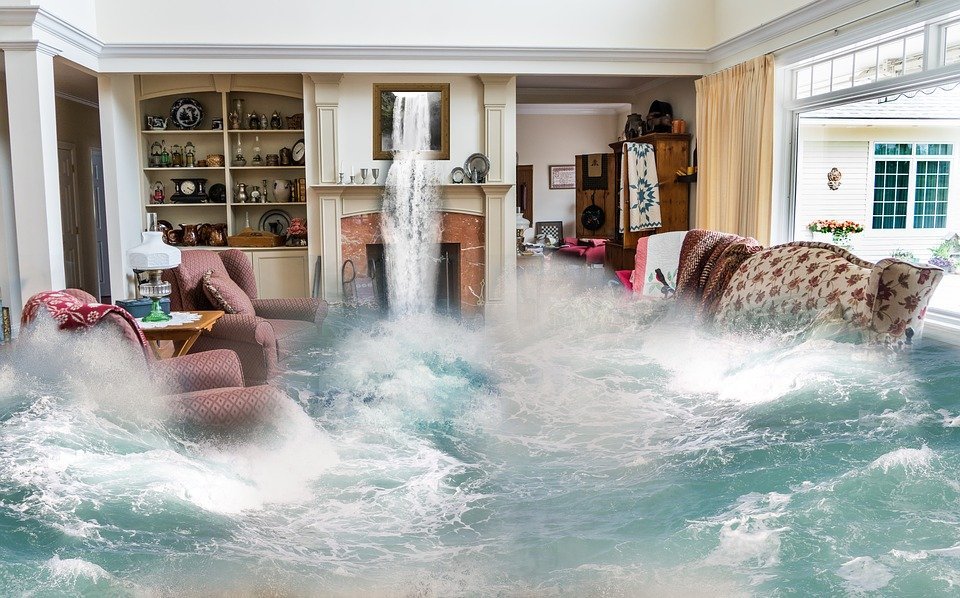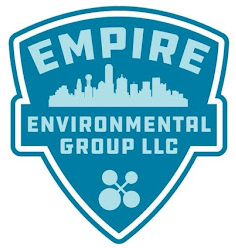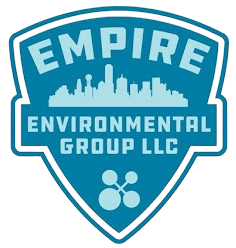Water damage strikes fast, and it doesn’t wait for a convenient time. Whether it’s caused by a burst pipe, heavy rain, or a leaking appliance, unwanted water in your home can lead to serious damage. However, don’t worry – affordable water damage repair and professional water removal services are more readily available than ever before.
If you’re dealing with a wet mess, it’s time to act quickly and smartly. In this guide, we’ll walk you through everything from emergency water extraction to structural drying and mold prevention, without draining your wallet.
Why Speed Matters in Water Damage Repair
When water damage strikes, time is critical. The longer water stays, the more damage it causes not just to your home, but also to your health.
Immediate Response Saves Your Property and Health
Water seeps into walls, soaks insulation, and creates an ideal environment for mold. That’s why calling professionals for emergency water removal services right away can save you from bigger repair bills.
Many companies now offer 24/7 emergency response, meaning you don’t have to wait until business hours. Fast action can prevent long-term structural issues and mold infestations.
Budget-Friendly Options for Water Removal Services
Many homeowners believe that water damage restoration is always expensive, but that’s no longer the case. Today, several companies offer affordable water damage restoration packages tailored to fit modest budgets.
What to Look for in Affordable Water Damage Services
- Free initial inspection.
- Transparent pricing (no hidden fees).
- Flexible payment options.
- Help with insurance claims.
Choosing a company that combines wet carpet removal, mold prevention, and structural drying can help you save money in the long run.
What to Expect During a Residential Water Damage Cleanup
No two water damage situations are the same, but the general cleanup and restoration process usually follows these key steps:
Step-by-Step Process
- Inspection & Assessment – A technician checks how severe the damage is.
- Water Extraction – Standing water is removed using industrial vacuums and pumps.
- Drying & Dehumidifying – Moisture hiding in floors and walls is dried out.
- Cleaning & Sanitizing – Surfaces are disinfected to prevent mold and bacteria.
- Restoration – Repairs are completed to bring your home back to normal.
Want to learn more about mold issues? Visit Mold Remediation in Dallas, TX.
Prevent Mold Before It Starts

Even after water is removed, mold prevention is crucial. Mold can start growing in as little as 24 hours if humidity is left behind.
Professional Mold Prevention Services
Certified technicians use commercial-grade dehumidifiers and antimicrobial treatments to stop mold growth before it begins. This step is especially important for households with children, elderly members, or people with breathing problems.
Unsure if there’s mold in your home? Consider Asbestos and Mold Testing in Dallas, TX.
The Role of Water Extraction & Structural Drying
Not all water damage is visible. That’s where deep water extraction and structural drying come in.
Why You Shouldn’t Skip This Step
Moisture trapped in drywall, wood, or insulation can lead to:
- Rotting wood.
- Cracked foundations.
- Structural collapse.
- Mold and mildew spread.
Experts use moisture meters and thermal imaging tools to detect and eliminate hidden water.
Handling Flood Damage Restoration on a Budget
Floods can feel overwhelming, but recovery doesn’t have to be financially crushing. Many local providers offer affordable restoration for flood-affected homes.
Tips to Save Money on Flood Restoration
- Bundle services like water removal, drying, and repair.
- Apply for FEMA or local disaster relief programs.
- Choose contractors who help with insurance paperwork.
Need full restoration, including asbestos removal? Explore Asbestos Removal in Dallas, TX.
Don’t Ignore Wet Carpets – They Can Breed Mold
One of the sneakiest problems after water damage? Soaked carpets. Water trapped under carpet fibers can quickly lead to mold and mildew.
Wet carpets may seem like a minor inconvenience, but they can quickly become a breeding ground for mold if not properly dried. Mold thrives in moist environments, leading to health risks and costly property damage. Simply airing out the carpet isn’t enough—moisture often seeps into the padding and floor beneath. Acting fast is essential. This is where DIY methods often fall short. Why DIY Water Removal Can Cost You More in the Long Run explains how improper drying can lead to bigger expenses and health hazards down the road. Don’t take the risk—get professional help.
Wet Carpet Removal Saves More Than Just the Flooring
Professional technicians assess whether your carpet can be saved. Often, removing and replacing the carpet is safer and more cost-effective than trying to dry and disinfect it.
Final Thoughts
Water damage can feel overwhelming, but it doesn’t have to destroy your finances. With today’s affordable water damage repair and water removal services, you can restore your home quickly, safely, and on a budget.
Act fast, ask the right questions, and choose a provider that’s reliable, experienced, and cost-effective. Whether it’s emergency cleanup, mold prevention, or structural drying, the right team can make all the difference.
Also, explore services like asbestos removal and mold testing in Dallas, TX, for added peace of mind.
FAQs
Q1: How much does water damage repair usually cost?
A: It depends on the damage level. Minor repairs may start around a few hundred dollars. Many companies now offer flexible pricing options.
Q2: Can I do the water removal myself?
A: Small leaks? Maybe. But bigger jobs require professional equipment and expertise to avoid mold or structural damage.
Q3: Does homeowners’ insurance cover water damage?
A: Often yes, especially if it’s sudden (like a burst pipe). Gradual leaks may not be covered. Always check your policy.
Q4: Can mold grow within 24 hours?
A: Absolutely. Mold loves moisture and spreads fast. Dry the area and treat it quickly.
Q5: What if the water is from a sewage backup?
A: That’s called Category 3 (black water), highly hazardous. You need professional cleanup immediately.
Q6: What happens if I delay the cleanup?
A: You risk mold growth, structural issues, and higher repair costs. Always act quickly to avoid long-term damage.

